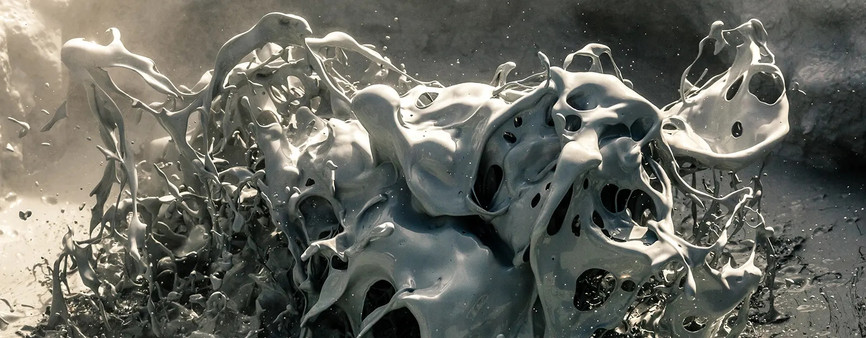Enclosure & Environmental Ratings: An Overview

Rugged tech must perform under challenging conditions. Because specific hazards vary in location and situation, standards exist to classify equipment performance. IP and NEMA ratings specify degrees of hazard protection provided by rugged enclosures. ATEX zones and UL classes and divisions specify environments in which rugged equipment is designed to perform.
Enclosure Hazard Performance
IP Ratings
An IP rating is known as the Ingress or International Protection Code and contains two digits. The first digit specifies the degree of protection against solids. A rating of 1 means protection against objects greater than 50mm. Increasing digits indicate protection against infiltration of smaller and smaller objects, ending in a rating of 6 which is dust tight. The second digit in an IP rating specifies liquid protection. A rating of 1 means protection from water droplets. Higher digits signify protection against increasing exposure to water, ending in a rating of 8 which means protection during full immersion for long periods. For example, an IP65 rating means an object is dust tight and will continue functioning with limited ingress from jets of water.
NEMA Ratings
NEMA ratings were created by the National Electrical Manufactures Association and specify the intended environment of equipment in conjunction with other protections. Ratings are numbered 1 through 13, with some numbers containing letters for additional protections. For example, a NEMA 3 rating specifies enclosures intended for outdoor use and that also offer protection from windblown dust, rain and sleet as well as external ice formation. A NEMA 3R rating specifies enclosures intended for outdoor wiring and junction boxes and that protect against falling dust, rain and sleet as well as external ice formation. NEMA 3RX has the same use and protections as 3R but with additional protection against corrosion.
Environmental Hazard Performance
ATEX Zones
ATEX ratings get their name from ATmosphere EXplosible, for which ATEX devices are certified to perform. ATEX classifications are separated into zones. Zone 0 is an environment where explosive concentrations of gas, vapor or mist are likely to persist for long periods or frequently. Zone 1 includes environments where such concentrations persist occasionally. Zone 2 includes such concentrations only for a short period. Zones 20-22 involve environments with clouds of combustible dust. These zones break down the same as Zones 0-1 with such concentrations persisting for long periods or frequently, occasionally or only a short period.
UL Classes and Divisions
UL classes and divisions were created by Underwriter Laboratories. Class 1 locations may have flammable gases or vapors present. Class 1 locations are separated into two divisions. Division 1 involves locations where flammable gases or vapors may be present under normal or maintenance operations or due to the breakdown of equipment. Division 2 involves locations where flammable liquids or gases are handled or processed, where ventilation for ignitable gasses or vapors exist but would be hazardous under failure. Division 2 also covers locations adjacent to Division 1 that lack fail-proof ventilation.
Design, Manufacturing and Precertification
Sealevel is experienced in designing and manufacturing hardware solutions that are compliant in IP, NEMA, ATEX and UL Class 1, Division 1 and Class 1, Division 2 standards. Sealevel performs rigorous in-house testing and precertification to ensure devices and equipment perform to standards.
Categories:
